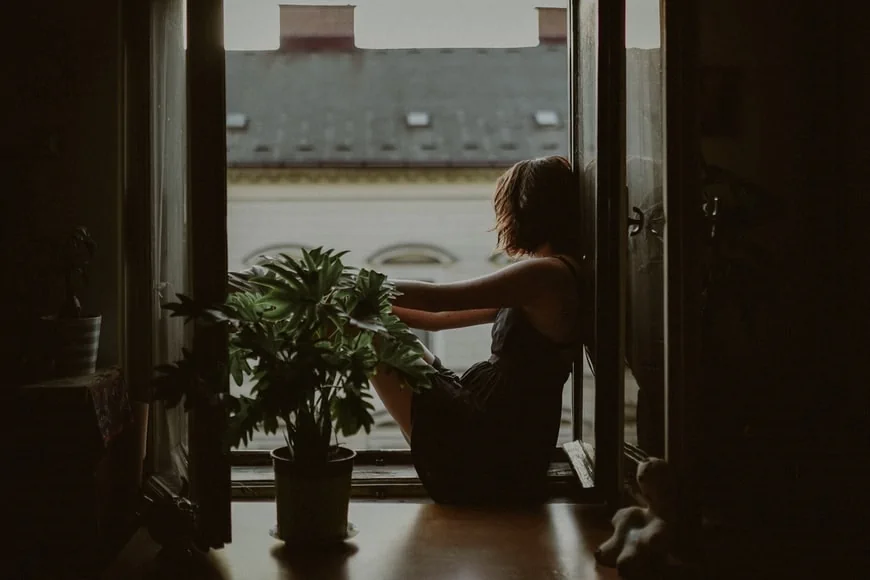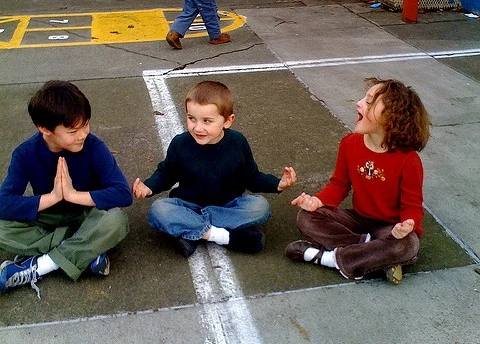Last fall, Gallup and UNICEF teamed up to ask teens and young adults in nearly two dozen countries on what it’s like to grow up in today’s world. The vast majority – 86% – said they sometimes or often feel anxious or worried.
Nearly the same number also said that when you’re struggling, it’s best to speak out and seek help instead of trying to deal with everything alone. As one Ukranian teen told the New York Times,
Today, young people can work on their issues and traumas through therapy and find answers about their concerns, rather than push it to the back of the drawer, like our parents and grandparents did.
That’s a wonderful observation that we all can learn from.
The Fear of Feelings
Recently, a 10-year old girl asked me quite plainly why people are so afraid of feelings. “What do they think will happen if they have them?”
Great question!

Yet all of us are carrying the burden of the exceptional past two years. We have experienced a cultural trauma with COVID and political divisiveness and personal loss. Frontline workers are tired and sometimes snappy. But we keep pushing on, trying to get back to normal without having the opportunity to share our feelings about it all or the time to heal and recuperate.
Wanting things to be normal again is, of course, normal. We look forward to returning to the things we love, especially reconnecting with those we weren’t able to be with through it all. We want to re-engage with life again. That, too, is therapeutic. Still, it concerns me that we can get so focused on that, we neglect to take time to grieve what we have lost.
“There is a price in not expressing one’s grief,” writes teacher and activist Sobonfu Somé.
Imagine if you never washed your clothes or showered. The toxins that your body produces just from everyday living would build up and get really stinky. That is how it is with emotional and spiritual toxins too. What we must remember is that, the more these toxins rise the more we have a tendency to blame or hurt others around us. People never harm others out of joy, they give pain to others because they too are hurt or in pain.
Healing takes time. Unfortunately, that’s the one thing we often fail to give people – including ourselves – when emotions are large and difficult and raw. We shift uncomfortably when someone begins to cry about a recent loss. We expect grief to be over with the closing words of a funeral. To truly grieve, we’re often left to do it in a room with a stranger, paying up to $150 or more an hour for the privilege.
When you don’t have the time or money for this, you do the heroic thing: You hold it in, march on, and pass the behavior on to your children.
Creating Change
But the Gallup/UNICEF youth survey offers hope that things are changing – and that we all can change.

“What do your students need right now?” I recently asked a teacher discussion group. “What does your heart tell you?”
They talked about kids needing time with their friends – time to socialize and talk about everything that’s happened over the past two years. They talked about the need for simple structure and opportunities to practice their social skills. Art projects. Time to play. Time to be free.
“But we can’t do that,” they added, describing the incredible pressure to help kids catch up academically.
Mental Health Support Is Academic Support
Of course learning loss is a big deal. Can we really deal with it successfully, though, if children’s mental health continues to suffer?
Just as physical activity is a vital support for academic success, so, too, is mental health support. More school counselors and other in-school resources would be helpful, yet these remain out of reach for many schools and districts. This is where Yoga Calm becomes especially useful. Easy to implement on the individual level, it addresses the movement and mental health needs that can otherwise interfere with learning.

For the hard truth is that counseling isn’t possible for all the kids and families who need it. We need to be creative and find other ways to support our youth. It’s why we developed Yoga Calm in the first place.
But first, we have to answer the 10-year old girl: What are we afraid of?
And then we can each answer the questions I posed to those teachers, only for ourselves instead of our students: What do you need right now? What does your heart tell you? What do you find there?




